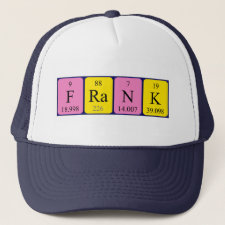
Authors: Shughart EL, Ahsan K, Detty MR, Bright FV
Article Title: Site selectively templated and tagged xerogels for chemical sensors.
Publication date: 2006
Journal: Analytical Chemistry
Volume: 78
Issue: (9)
Page numbers: 3165-3170.
DOI: 10.1021/ac060113m
Abstract: We report on a new sensor strategy that we have termed site selectively templated and tagged xerogels (SSTTX). The SSTTX platform is completely self-contained, and it achieves analyte recognition without the use of biomolecules. To illustrate the SSTTX scheme's potential, we present results for the selective detection and quantification of a model compound, 9-anthrol. The first-generation SSTTX shows the following: (i) exhibits an apparent dissociation constant of (1.8 ± 0.3) × 10-4 M for 9-anthrol; (ii) provides 0.3 M detection limits for 9-anthrol; (iii) yields a 45-s response time (2-m-thick film); (iv) is completely reversible (6% relative standard deviation after 25 cycles); (v) yields a selectivity factor for 9-anthrol over several structurally similar analogues/interferences (e.g., anthracene, 9,10-anthracenediol, benzophenone, 2-naphthol, phenol, and pyrene) of between 290 and 520; and (vi) is stable (<2% drift in performance) for at least 10 months when stored under ambient conditions in the dark. The results also suggest SSTTXs as new sensor elements for glycoside, pharmaceutical, prostaglandin, and steroid sensors.
Template and target information: 9-anthrol



Join the Society for Molecular Imprinting

New items RSS feed
Sign-up for e-mail updates:
Choose between receiving an occasional newsletter or more frequent e-mail alerts.
Click here to go to the sign-up page.
Is your name elemental or peptidic? Enter your name and find out by clicking either of the buttons below!
Other products you may like:
 MIPdatabase
MIPdatabase









